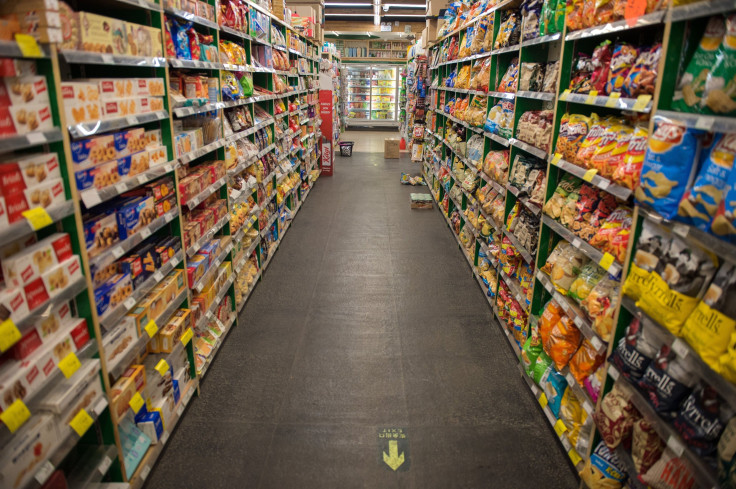Inflation Watch: Soaring Food Costs Push April Wholesale Prices Higher
U.S. food costs have skyrocketed since the beginning of the pandemic, increasing inflation pressures as the economy attempts to recover from the year-plus crisis.
Soaring food prices increased in April by 2.1%, which is the main contributor to wholesale inflation. Wholesale prices rose 0.6% last month, while climbing 6.2% over the past 12 months, the Associated Press reported.
It's the largest jump since economists began collecting the data in 2010. Overall inflation is up 4.2%, the largest 12-month increase since a 4.9% jump for the period ending September 2008, according to Yahoo Finance.
While that spike was caused by the housing-market crash, food shortages and price hikes are fueling current inflationary trends. Food industry experts point to labor shortages, logistical issues and crop failures in China for driving up prices amid supply chain disruptions.
Psaki Reassures: ‘Inflation Completely Under Control Outside Of Food, Gas, And Housing’ https://t.co/01nR9BzQCP
— The Babylon Bee (@TheBabylonBee) May 12, 2021
Meat has been the hardest hit food item as supplies of poultry, pork and seafood are driving up prices. Farmers also remind consumers that shortages of corn, soybeans and other grains used to feed their animals are part of the overall price increases.
"Any animal that you eat is eating grains, and it's eating corn, soybeans, or soybean meal, and perhaps even some wheat," Teucrium Funds CEO Sal Gilbertie told Yahoo Finance. "We see the prices of these grains go as high as they've been literally since 2012, 2013."
While economists and investors are nervously monitoring the inflation numbers, Federal Reserve Chairman Jerome Powell has said that the problem is temporary and normal due to the reopening of the economy after the pandemic.
“Since we believe much of the acceleration in inflation will be transitory, we share the Fed’s view that this isn’t the start of an upward inflationary spiral,” Mahir Rasheed, an economist at Oxford Economics, told the Washington Post. “We look for the pace of inflation to gradually cool heading into 2022.”

© Copyright IBTimes 2024. All rights reserved.











